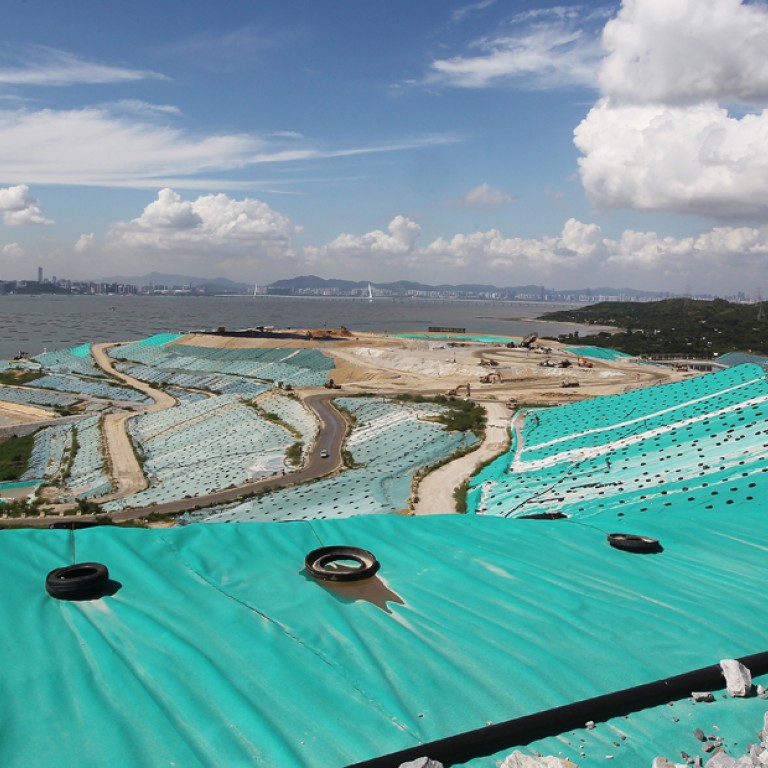
Sewage sludge incinerator generates a lot of pollution
Official information on the completion, operation and output of the world's largest sewage sludge incinerator, in Tuen Mun, is notable by its almost complete absence.
Official information on the completion, operation and output of the world's largest sewage sludge incinerator, in Tuen Mun, is notable by its almost complete absence. It is hardly mentioned and its name and location are difficult to find.
This facility is situated next to the West New Territories landfill. The plant is designed to burn 2,000 tonnes a day of organic sewage sludge, including natural compounds like salt from seawater used for flushing. The sludge is sterilised and water has been partially removed.
This incinerator uses mature moving grate technology with open cycle, atmospheric oxygen, carbon to air, low temperature, combustion incineration. It does not use the more modern and safer gasification technologies, including plasma arc, which, in contrast, use closed cycle, carbon to earth, an ultra-high temperature, non-combustion vaporisation to produce syngas for energy and inert vitrolite glass aggregates.
A total of 2,000 tonnes of sewage sludge is incinerated every day. This generates 500 tonnes of toxic top and bottom ash. It also emits 1,500-plus tonnes of global warming gases and other pollutants into the surrounding air. A passive-smoking analogy is apt. It is equivalent to a giant cigarette burning 2,000 tonnes of organic matter every day, producing around 4,000 chemical compounds. More than 1,000 are carcinogenic, cumulative and persistent. Sewage sludge is transported daily by polluting diesel barges from Stonecutters Island to Tuen Mun.
Every year, it generates 182,500 tonnes of hazardous ash which requires secure transportation and storage. It releases 547,500 tonnes of carbon gases and chemical pollutants into the air. Around 60 per cent of these cumulative atmospheric pollutants will remain within a radius of 30 kilometres. The "fallout" area covers Tuen Mun, the airport, Tung Chung, the Hong Kong-Zhuhai-Macau bridge entrance, most of the western New Territories and most of Shenzhen.
Did the government consult people living in these areas before constructing this HK$5.6 billion plant with equivalent aggregate 20 years plus large annual running costs? Did it liaise with the authorities in Shenzhen?
Why was this polluting incinerator ever built? Experts say the organic sludge should simply be disposed of safely "carbon to earth" in deep sea waters to provide nutrients to aid the recovery of devastated fish stocks. If necessary, it should be pureed and anaerobically fermented. Who has benefited from this unnecessary, ultra-expensive white elephant? Swift official answers are required.

